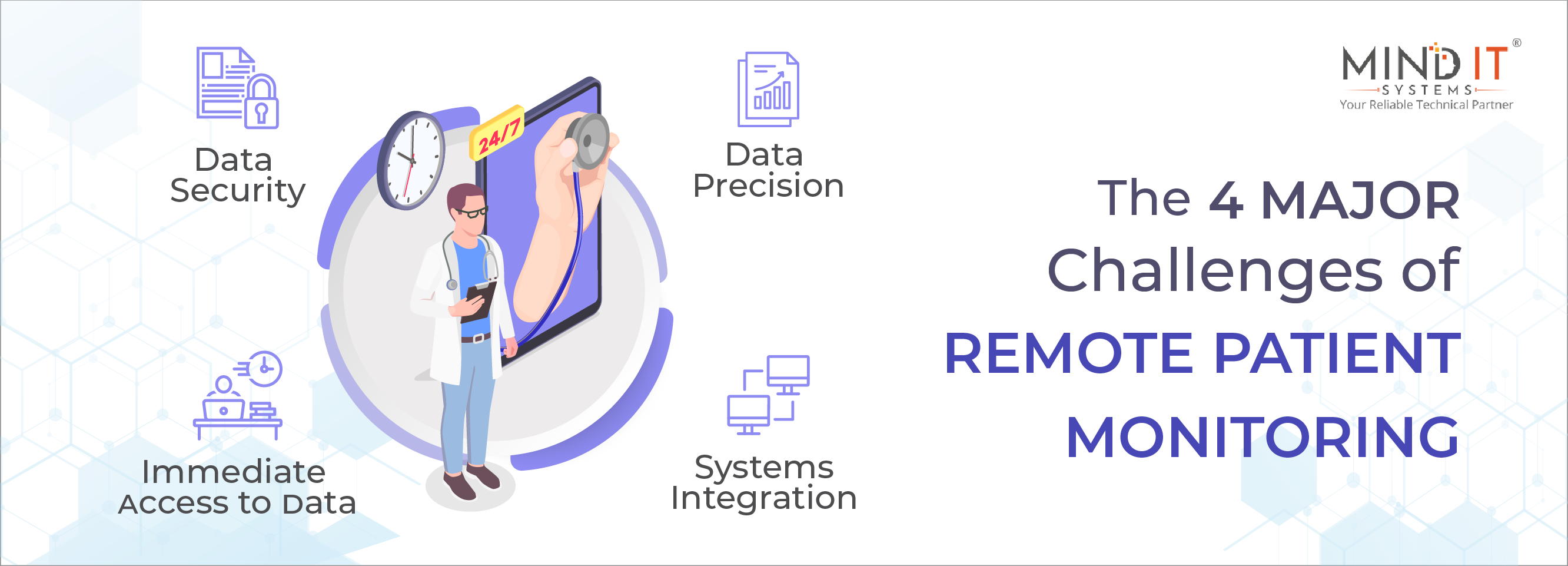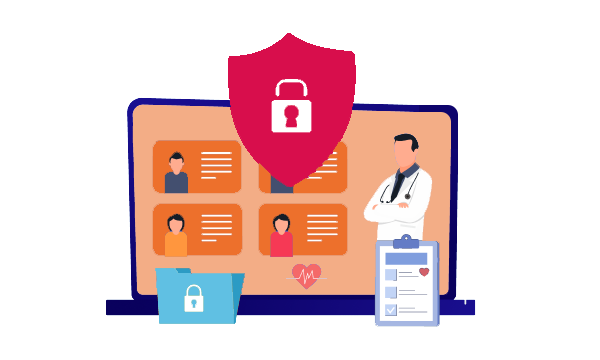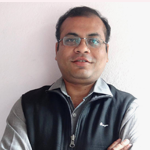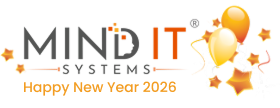
The 4 Major Challenges of Remote Patient Monitoring
Telehealth and digital health have been around for a while, but it wasn’t until the COVID-19 epidemic that they really took off.
Considering the continuing effects of the aging population, the high expense of in-patient treatment, and the tremendous strain on hospitals brought on by COVID-19, the trend is inevitable and here to start.
The November 2020 report predicts the remote patient monitoring market to reach $117.1 billion by 2025.
Remote patient monitoring is progressing more quickly, but it still has several obstacles that are needed to overcome with the help of the federal government, major tech firms, providers, and medical professionals.
Let’s now look at the four most significant barriers regarding remote patient monitoring and ways to overcome them.
The 4 Major Barriers/Challenges of RPM
1. Data Security
For any RPM platform to be secure enough to meet healthcare standards, robust data management practices along with clear ownership boundaries, and ironclad security protocols are required.
Much of the data management process may be taken over by third parties, exposing patients to the risk of possible data theft. The challenges are equally daunting for hospitals that may integrate third-party systems that could be broken into, compromising patient safety and privacy.

2. Data Precision
The most challenging aspect of RPM adoption is data accuracy. It has much to do with perceptions among patients and medical staff.
Can we expect patients accustomed to traditional healthcare methods to trust a small device to provide more accurate data regarding their health than what they could tell their doctor by themselves?
High-grade medical professionals diagnose and treat patients with the help of the data provided to them. They, too, need to rely on the fact that the data available to them is of the highest possible accuracy if they are to make immediate and quick decisions – specifically for patients suffering from chronic and fatal ailments or conditions.
Another factor to consider is the sheer amount of patient data that could be collected and presented to doctors and nurses. There is a possibility of this being overwhelming.
How quickly they can assess which data points are most relevant depends on the amount and format of data presented, and helps to make accurate decisions based on it.
3. Immediate access to data
Indeed, the information must be transferred multiple times and in a complex way for RPM to work.
Firstly, patient data needs to be collected and uploaded. On a mobile network, the data must travel through the network provider’s infrastructure and out onto the internet before reaching the service provider’s network, likely via multiple routes. Detainment in getting the data to its destination may occur if any of these hops are interrupted.
Mobile networks cannot be guaranteed. It’s problematic enough when users can’t access Instagram for an hour or two. But data availability is critical when it’s genuinely a matter of life and death, as it could be for a patient. The data needs to be delivered promptly so that medical professionals can take fast action.
4. Systems Integration
The integration of healthcare systems may not have been such a problem if all healthcare providers worldwide had used the same systems on the same network. Sadly, that’s not the case. For instance, in the UK, the healthcare sector uses out-fashioned software stacks and a network of different systems for various things.
It is necessary to take care that a remote patient monitoring platform introduced must be managed with extreme care to avoid interference with future system migrations.
What can tech companies do to ease RPM?
To help overcome these barriers, tech companies can play a vital role. They can provide proper tools for disease management and disease burden monitoring. Using biomarkers and research-supported medical solutions, as well as innovative technologies, tech firms can give patients support and help sooner rather than later.
As a leading tech company in India, Mind IT Systems works with customers worldwide from various sectors, including healthcare. We have a certified team of tech engineers helping businesses to scale and grow using custom software development solutions. Our contribution to the health care industry includes Electronic Medical Records (EMR), Electronic Health Records (EHR) software development, and integration for connecting patients, providers, healthcare workers/staff, lab orders, packaging, and more.
Wrapping it Up
In healthcare organizations, telehealth tools like remote patient monitoring are improving efficiency and providing patients with the care they require, regardless of their location. Despite several challenges that can hinder remote patient monitoring activities, there are ways to overcome them through digitalization. Advanced telehealth tools can improve productivity by keeping patients and medical professionals connected.
Implementing effective remote healthcare systems can substantially improve coherence within your organization while allowing your patients to enjoy the healthcare benefits with ease.
So, are you looking for flawless business growth? Partner with us and be a game-changer in your industry.
Share this post
About the Author

Sujoy Roy
(Head – Digital Marketing)
From my teenage time, I had a quench to solve problems and loved leadership. Starting my career in relation management, ignited my passion for managing people. While managing I realized technology needs to be incorporated to keep pace with the changing world & do my work efficiently.

